I use reflection photography as a way of creating a more abstract view of London
Nick Joyner share why and how he photographs reflections at Canary Wharf in London
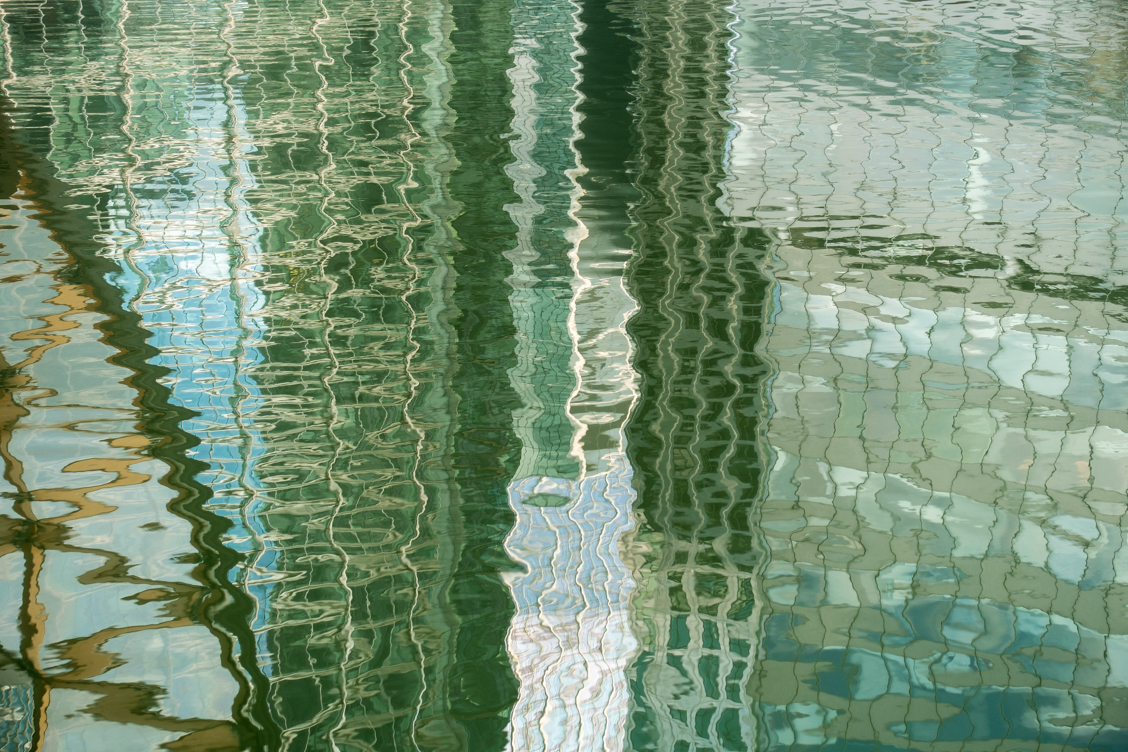
Reflection photography is the art of capturing images in mirrored surfaces; it forces you to look at a scene differently, and create a unique and emotive image. Like many outdoor photographers, I’d typically taken images that show reflections in lakes, but more recently I decided to use reflection photography as a way of creating a more abstract photograph, which caused me to view my surroundings in a whole new perspective.
Why did I start capturing the images of Canary Wharf?
I’d describe my photography style as somewhat eclectic, which leaves me plenty of room for experimentation. I started photographing the reflections at the docks of Canary Wharf at the start of November 2015. It was a foggy morning, and I initially went with the intention of capturing the tower blocks disappearing in the haze of low clouds. By the time I arrived the clouds had cleared, making way for bright winter sunshine which allowed me to notice the reflections in Canary Wharf for the first time.
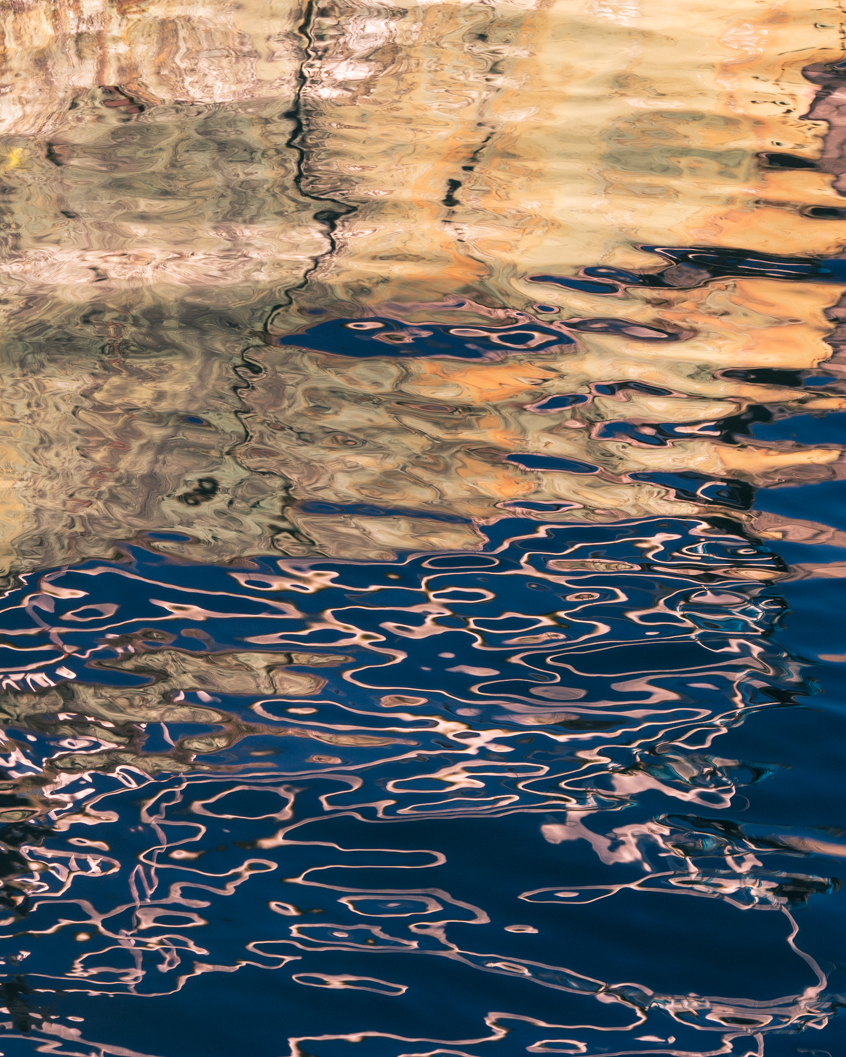
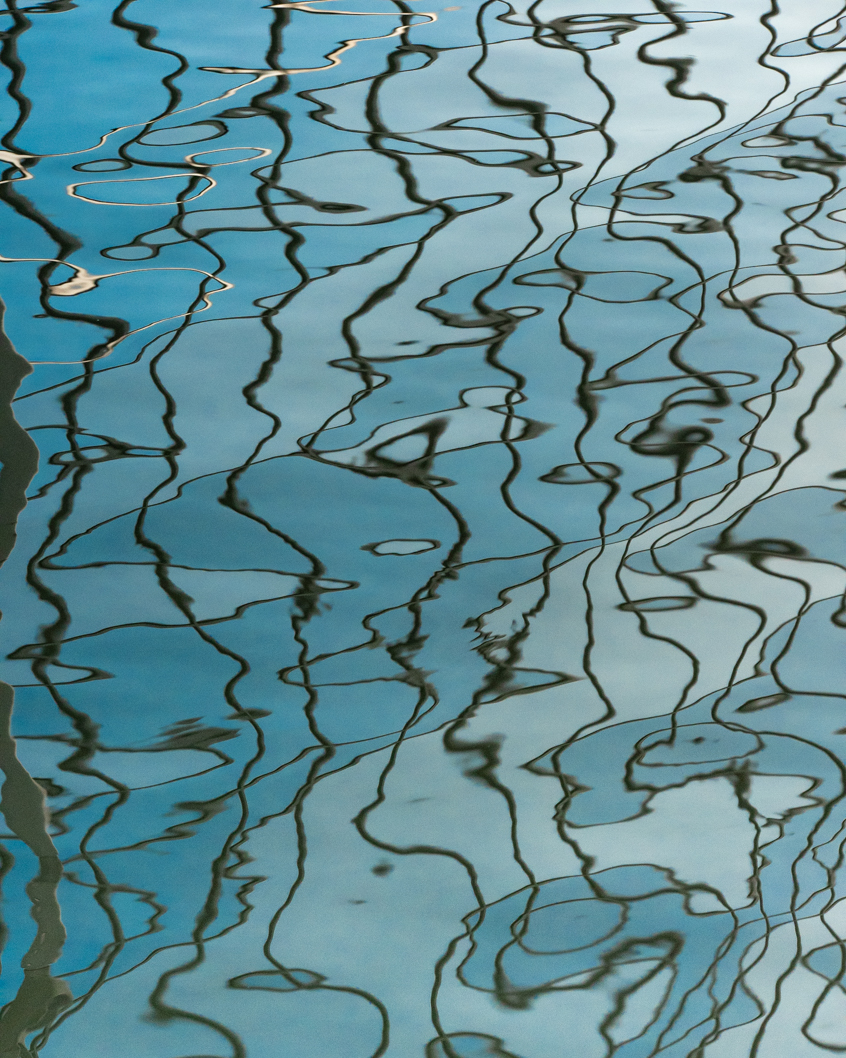
This made way for more abstract photography, similar to that of Mike Curry who greatly inspires me, though I was not aware of his work until a little later. By looking at my surroundings through a different lens, I saw how the vivid colours of the buildings were reflected in the water of the docks, or how the reflections from different buildings interacted with each other to create complex patterns. At the time, I was so lost in the creativity and abstract that I felt like I had discovered something no one else had – though of course, this was not the case.
Nevertheless, one of these images was commended in the 2016 Landscape Photographer of the Year awards. By then I had returned a few times, adding considerably to the files on my hard drive. There seemed to be an infinite number of patterns to be seen in the bodies of water that kept pulling me back.
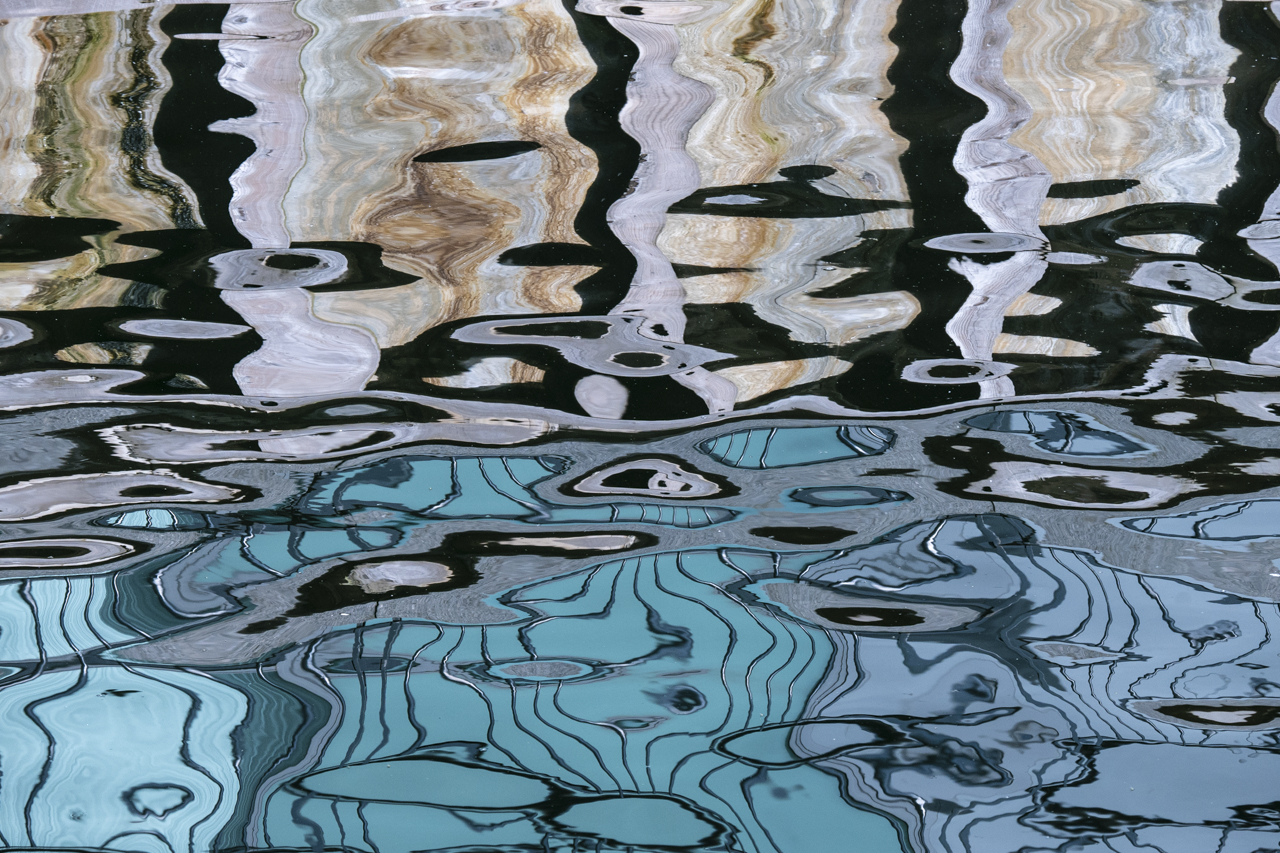
What camera settings and techniques do I use?
As I mentioned, I came across these images almost by sheer luck, and so my technique for taking photos like these is quite simple. Choose a bright day with a gentle breeze to give some movement to the water.
The best camera deals, reviews, product advice, and unmissable photography news, direct to your inbox!
I find the best images are taken with a longish lens (the best 70-200mm lenses work well) aimed at a fairly acute angle to the water’s surface. Faster shutter speeds can be used to capture the ever-moving reflections, and a smallish aperture gives depth of field. This may necessitate a higher ISO than normal.
I usually l take several shots of the same spot on the water surface to get a variety of movement and imagery. Most of my reflection images have been taken with a Panasonic Lumix G9 and a long zoom, though recently I’ve moved to a Nikon Z6 II with a 24-200mm zoom.
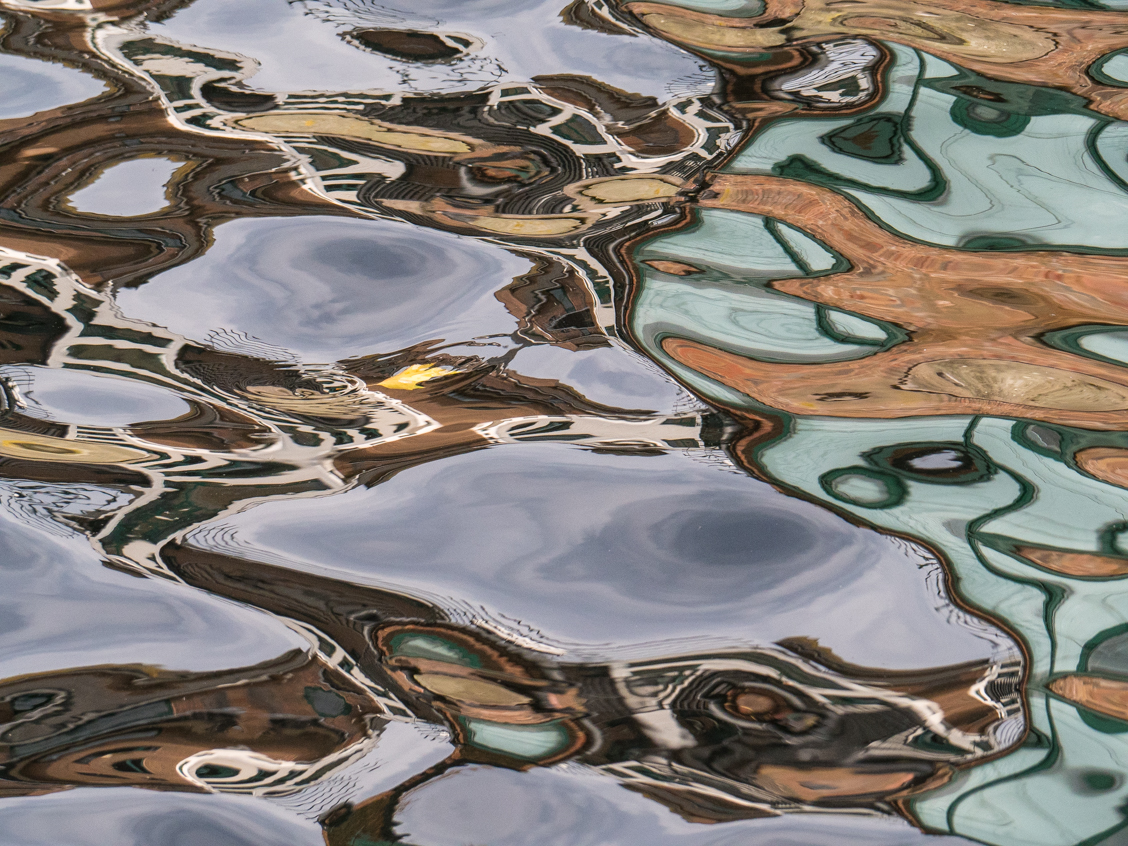
How do I print reflection photography?
My images have been printed up to A2 size on my Epson 3880, using Fotospeed’s Smooth Cotton 300 paper. The smooth, white surface of the paper makes it the perfect canvas for reflection photography. I’ve also produced a couple of hand-made books. For these, I used Fotospeed Matt Duo 240 and High White Smooth Lite Duo, again to good effect. I have taken advantage of Fotospeed’s bespoke profiling service and can highly recommend it, combined with monitor calibration.
Reflection photography allowed me to think creatively, and view my surroundings in a whole new light. Sometimes, it can be hard to find a wider view of an image, or an angle that hasn’t been seen many times before. Through reflection photography, I can take an intimate and abstract photo of an ever-changing landscape, one that will never be captured again, making it truly unique and my own.
Nick Joyner is an amateur photographer and Fotospeed paper enthusiast. You can view more of his work on his website.
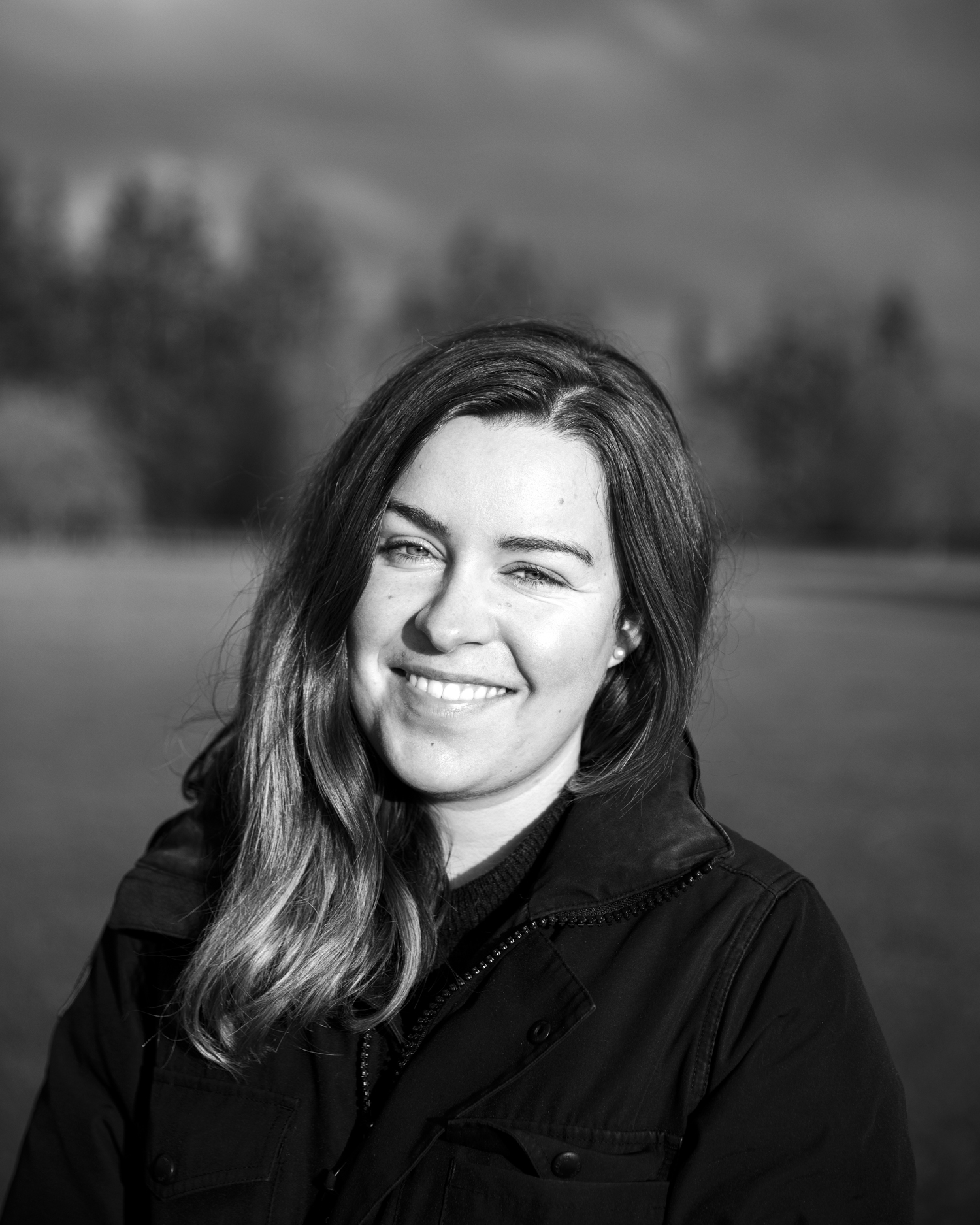
Lauren is a writer, reviewer, and photographer with ten years of experience in the camera industry. She's the former Managing Editor of Digital Camera World, and previously served as Editor of Digital Photographer magazine, Technique editor for PhotoPlus: The Canon Magazine, and Deputy Editor of our sister publication, Digital Camera Magazine. An experienced journalist and freelance photographer, Lauren also has bylines at Tech Radar, Space.com, Canon Europe, PCGamesN, T3, Stuff, and British Airways' in-flight magazine. When she's not testing gear for DCW, she's probably in the kitchen testing yet another new curry recipe or walking in the Cotswolds with her Flat-coated Retriever.
